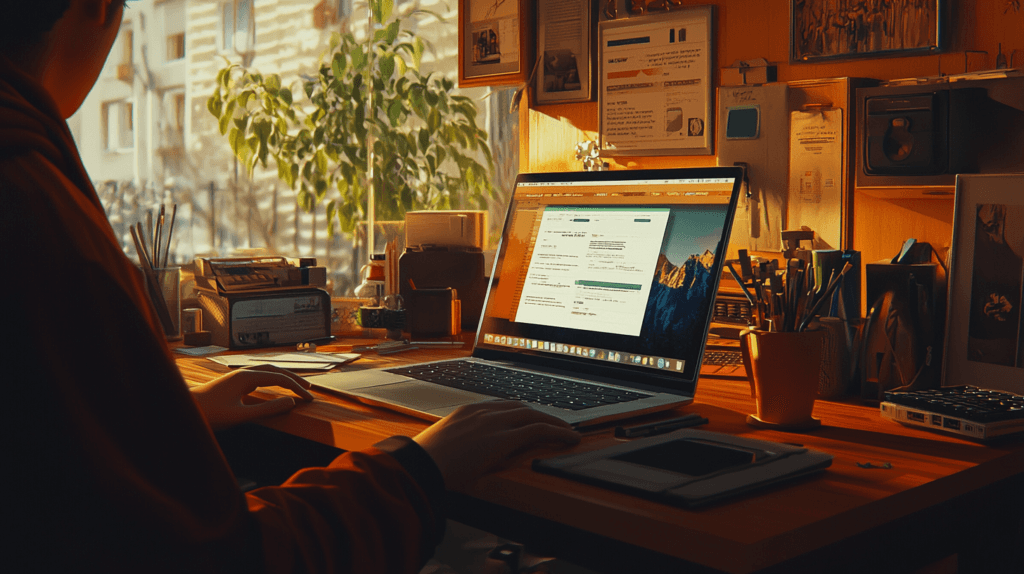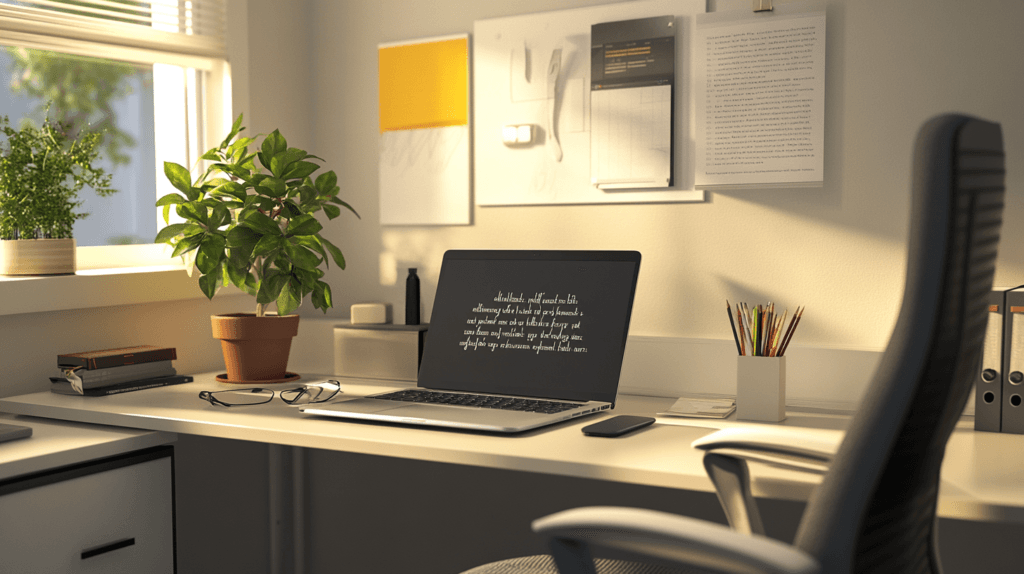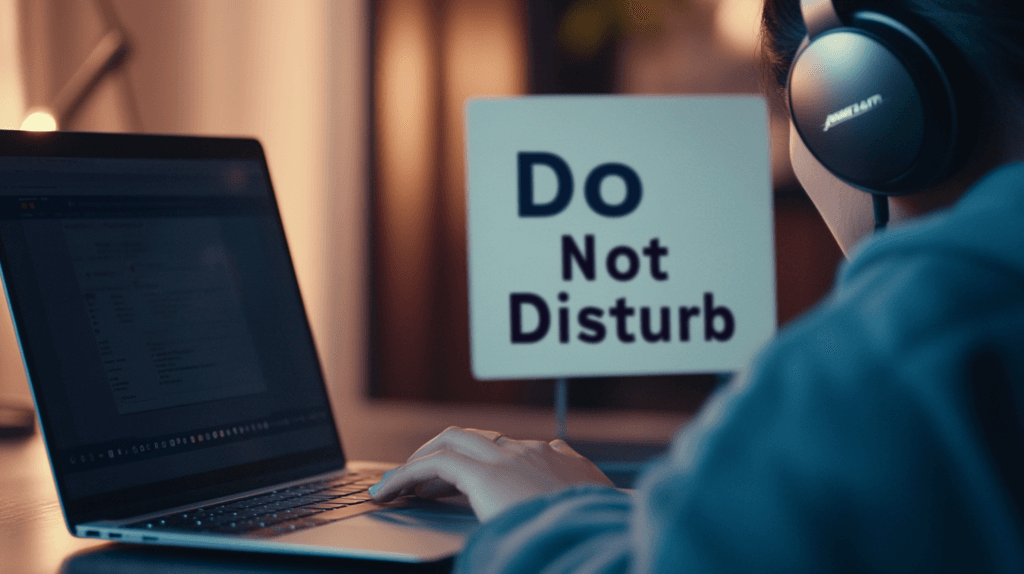Mastering the Art of Remote Work: Proven Strategies for Productivity and Well-being
Remote work has transformed the professional landscape, offering individuals the flexibility to work from anywhere while reducing commuting time and improving work-life balance. However, working from home or a remote location can present its own unique set of challenges, including isolation, distractions, and the struggle to maintain productivity. In this article, we’ll delve into the essential strategies for mastering the art of remote work—providing tips that help boost productivity, ensure well-being, and create a positive and effective work environment.
The Benefits and Challenges of Remote Work
Before we dive into the strategies, it’s important to understand both the benefits and challenges of remote work. Knowing what to expect can help you navigate the journey with more confidence.
Benefits of Remote Work
- Flexible Schedule: Remote work allows you to set your schedule according to your productivity peaks, whether you are a morning person or a night owl.
- Reduced Commute Stress: Eliminating the daily commute can save time and money, contributing to reduced stress and a better quality of life.
- Work-Life Balance: Working from home can allow you to better manage your family commitments and personal responsibilities.
- Improved Productivity: Many remote workers report higher productivity due to fewer office distractions and the ability to create a work environment that suits their needs.
Challenges of Remote Work
- Isolation: Remote workers can experience a sense of loneliness due to a lack of in-person interaction with colleagues.
- Difficulty Separating Work and Personal Life: Without a clear boundary between work and home, many remote workers struggle to “switch off.”
- Distractions at Home: Family members, household chores, and the general comfort of home can sometimes interfere with focus and productivity.

Proven Strategies for Remote Work Productivity
1. Set Up a Dedicated Workspace
Having a dedicated workspace is essential for productivity when working remotely. Setting up a home office or a specific corner for work helps create a clear boundary between work and personal life. Your workspace should be comfortable, ergonomic, and free from distractions.
- Ergonomics: Use an adjustable chair and set your monitor at eye level to maintain proper posture.
- Personalization: Add items like plants, motivational quotes, or photos that inspire you. A visually appealing workspace can help you feel more motivated and comfortable.

2. Establish a Routine
Creating and sticking to a consistent routine helps build structure into your day. Set a start and end time for work to ensure that you don’t overwork or let work spill into your personal time.
- Morning Routine: A morning routine, such as exercising, having breakfast, and dressing for work, can signal to your brain that it’s time to start the workday.
- Daily Planning: Take a few minutes every morning to outline your daily goals and prioritize tasks. This helps you stay on track and maintain focus.

3. Utilize Time Management Techniques
Time management is key to maximizing productivity while working remotely. Try different time management techniques to find out what works best for you.
- Pomodoro Technique: Work in 25-minute focused intervals followed by a 5-minute break. This helps maintain concentration while preventing burnout.
- Time Blocking: Allocate specific hours to different tasks, such as answering emails, working on projects, or taking breaks. This prevents tasks from overlapping and keeps you on schedule.
4. Minimize Distractions
Distractions can be a major hindrance to productivity, especially when working from home. Identify common distractions and develop strategies to reduce them.
- Limit Social Media: Use website blockers like StayFocusd or Freedom to restrict access to distracting websites during work hours.
- Communicate Boundaries: If you live with others, communicate your work schedule to minimize interruptions. Consider using noise-canceling headphones to block out background noise.

5. Set Clear Goals and Track Progress
Setting clear goals and tracking progress helps you stay motivated and focused. Break larger projects into smaller, manageable tasks and set deadlines to hold yourself accountable.
- Daily and Weekly Goals: Establish daily and weekly goals that align with your long-term objectives.
- Task Management Tools: Use tools like Trello, Asana, or Notion to organize your tasks and monitor progress. Checking off tasks as you complete them provides a sense of accomplishment.
Strategies for Maintaining Well-being While Working Remotely
1. Take Regular Breaks
Taking regular breaks throughout the day is essential for maintaining mental well-being and productivity. Step away from your desk every hour to stretch, rest your eyes, and clear your mind.
- Microbreaks: Short breaks of 1-2 minutes every 30 minutes can help reduce eye strain and tension.
- Lunch Break: Take a full lunch break away from your workspace. This helps you recharge and return to work with renewed focus.

2. Prioritize Physical Health
Working from home can lead to a sedentary lifestyle, which impacts both physical and mental health. Incorporate movement and exercise into your daily routine to stay active.
- Exercise Routine: Include physical activities like walking, yoga, or strength training in your schedule.
- Desk Exercises: Perform simple stretches or exercises at your desk to keep your body active during work hours.

3. Foster Social Connections
Remote work can sometimes feel isolating, so it’s important to foster social connections to maintain mental well-being.
- Virtual Check-Ins: Schedule regular virtual coffee chats or check-ins with colleagues to maintain a sense of community.
- In-Person Meetups: If possible, arrange occasional in-person meetups with local colleagues or friends to strengthen social connections.

4. Practice Mindfulness and Relaxation
Mindfulness practices like meditation and breathing exercises can help reduce stress and improve focus. Dedicate a few minutes each day to mindfulness activities that help you stay present and grounded.
- Meditation Apps: Use apps like Headspace or Calm to practice guided meditation sessions.
- Deep Breathing: Take a few minutes during the day to do deep breathing exercises, which help reduce anxiety and improve concentration.

Setting Boundaries for Work-Life Balance
1. Define Work Hours
Clearly defining your work hours is essential for maintaining a healthy work-life balance. Set a specific time to start and end work, and communicate these hours to your team.
- Log Off at the End of the Day: Physically log off from work devices and close your workspace at the end of your work hours to create a boundary between work and personal life.
- Avoid Checking Emails After Hours: Resist the urge to check emails outside of your set work hours to prevent burnout and maintain a separation between work and relaxation.
2. Create a Transition Ritual
Transitioning from work to personal time can be difficult when working remotely. Creating a ritual that signals the end of the workday can help you mentally “switch off.”
- Walk Around the Block: Taking a walk after work can help create a mental distinction between work and personal time.
- Change Clothes: Changing from work attire into casual clothing can help your brain recognize the transition from work mode to relaxation mode.

Tools and Resources for Remote Work Success
1. Communication Tools
Effective communication is essential for remote work success. Use communication tools to stay connected with your team.
- Slack: A popular messaging platform for team communication.
- Zoom: Use Zoom for virtual meetings, video calls, and webinars.
2. Productivity and Task Management Tools
Managing tasks effectively is key to staying organized and productive. Use productivity tools to manage your workload.
- Trello/Asana: For organizing tasks and projects.
- Notion: A versatile tool for note-taking, task management, and organizing work.
3. Time Tracking Tools
Time tracking tools can help you understand how you’re spending your time and improve productivity.
- Toggl: Track time spent on different projects and activities.
- Clockify: A free time-tracking tool that helps monitor productivity and billable hours.
Conclusion
Mastering the art of remote work requires a combination of effective strategies for productivity, well-being, and work-life balance. By creating a dedicated workspace, establishing routines, managing time effectively, and setting clear boundaries, you can maximize productivity while maintaining your mental and physical health.
Remember, remote work is about finding a balance that works for you. Incorporate strategies that align with your lifestyle, and don’t be afraid to experiment until you find what works best. By taking a mindful approach to remote work, you can thrive in a flexible work environment while enjoying both personal and professional growth.




No Comment! Be the first one.